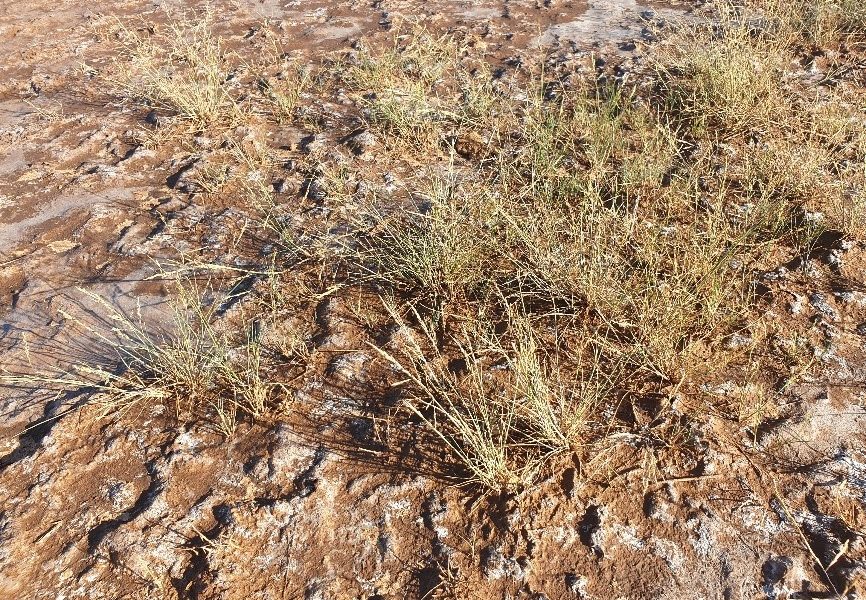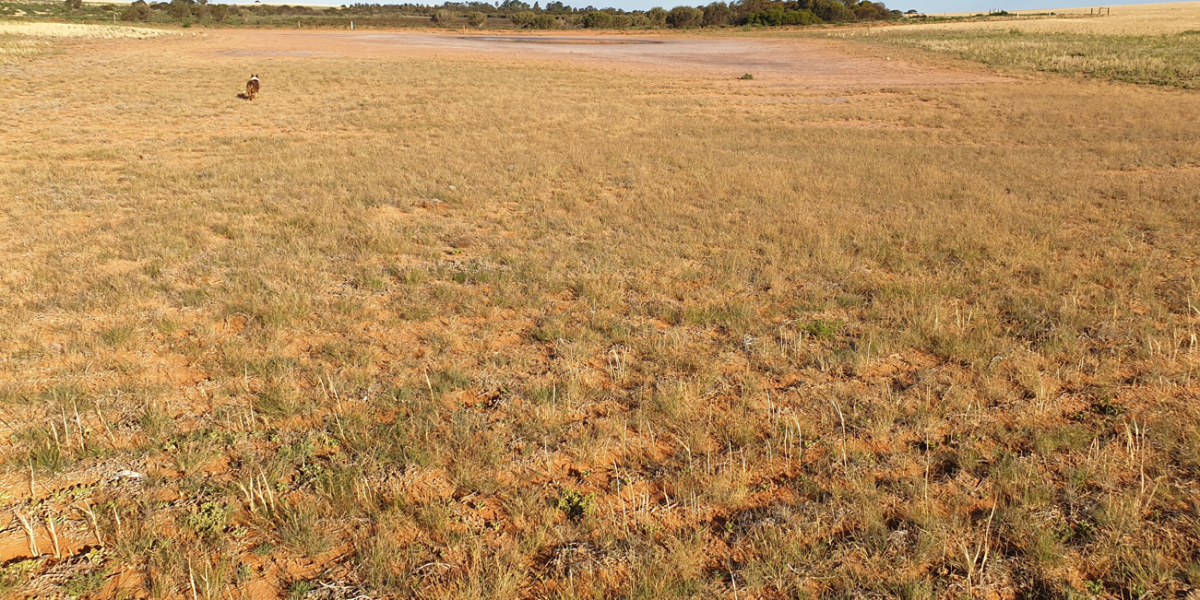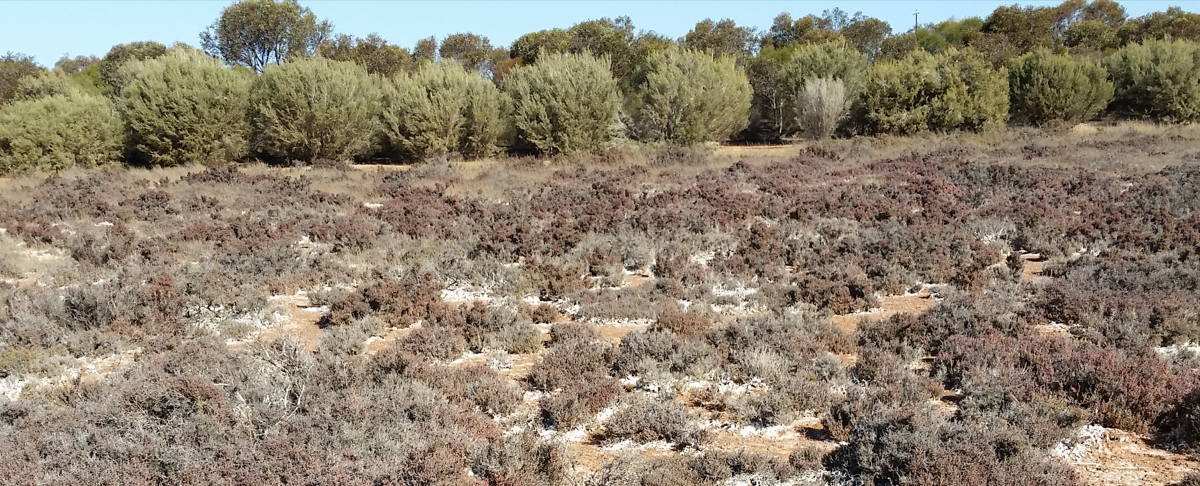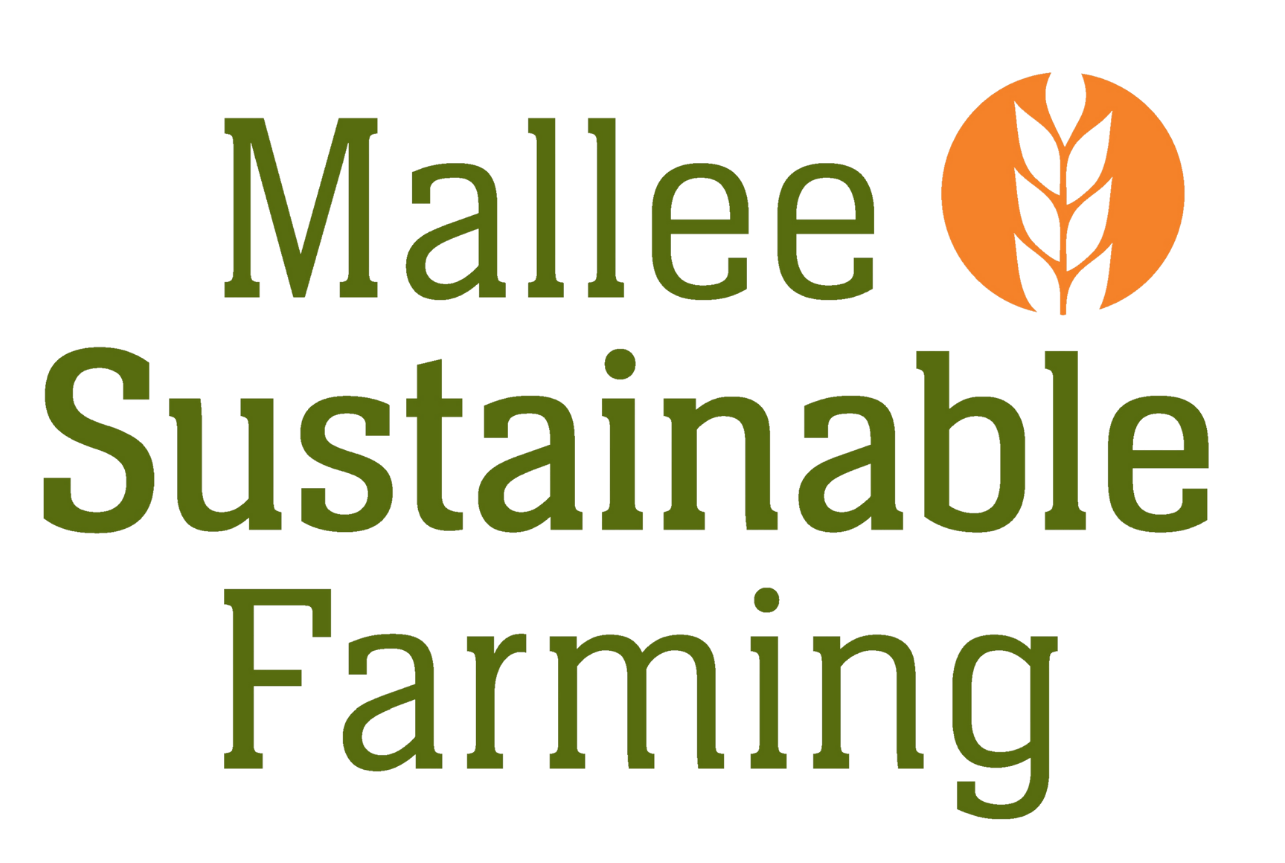Regional Groundwater Salinity –
Identification & Management
A handy guide to assist in identifying Regional Saline Groundwater Seeps/Scalds.
Where do Regional Saline Groundwater Seeps occur?
Check the appropriate areas and assess whether your seep/scald fits within any of the following map zones, then check the Key Considerations below.
SA Upper Southeast region

SA Upper Southeast regional Map
Victoria Region
Riverland and Sunraysia region

Riverland and Sunraysia regional map
NSW Region
Key Considerations
If your seep is located within the RED and YELLOW areas the regional highly saline groundwater table is generally within 5m of the surface, which will be the key driving factor influencing your land degradation. This means that there is little you can do at the local farm management level to substantially lower or dry up this water table as the force of water is much larger regional or Murray Darling River system.
Seep/scald affected areas within the BLUE zones (regional water table within 10m of surface) are also less likely to be defined as “Mallee Seeps” with very localised perched water tables sitting above impervious clay layers, but are more likely to be most impacted by regional highly saline groundwater systems. However, these areas can still be recharged by local catchment water flows emanating from adjacent sandy areas that can then influence the scald/seeps’ spread into surrounding paddock areas, particularly after periods of very high rainfall.
The management strategies to stop the spread of these areas is to:
1. Establish Living Cover.
Establish living cover over saline areas using salt tolerant pastures (puccinellia, tall wheat grass) and shrubs (saltbush, bluebush) to limit the rise of water that evaporates and accumulates salt in the surface layers. While the centre of severe, long-term scalds may be far too saline to achieve this, it is still worth persisting with the outer less saline perimeter areas, as this will help contain the spread of these saline scalds;
Images: Puccinellia established on spreading highly saline regional groundwater seep/scald


2. Establish Salt Tolerant Trees.
Establish salt tolerant trees around the perimeters of these areas to utilise water and prevent the further spread of the saline water into productive areas;
Image: Melaleuca halmaturorum and salt tolerant eucalypts stopping the spread of regional saline groundwater salinity

3. Engage higher water use options.
Engage higher water use options (such as lucerne) or improved plant growth through sand amelioration in surrounding higher areas where fresher recharge water can be intercepted is likely to be having a significant local impact on the seep/scald area.
Image: Lucerne strip intercepting fresher recharge water flows halfway up sandy rise above highly saline water table seep scald below.

Further Reading
For further information click on: Dryland Salinity | Coorong District Council
Rob Sonogan’s booklet “40 years of seep management in northern Vic Mallee”
Victorian seep podcast discussion with Rob Sonogan: https://msfp.org.au/mallee-seeps/#



